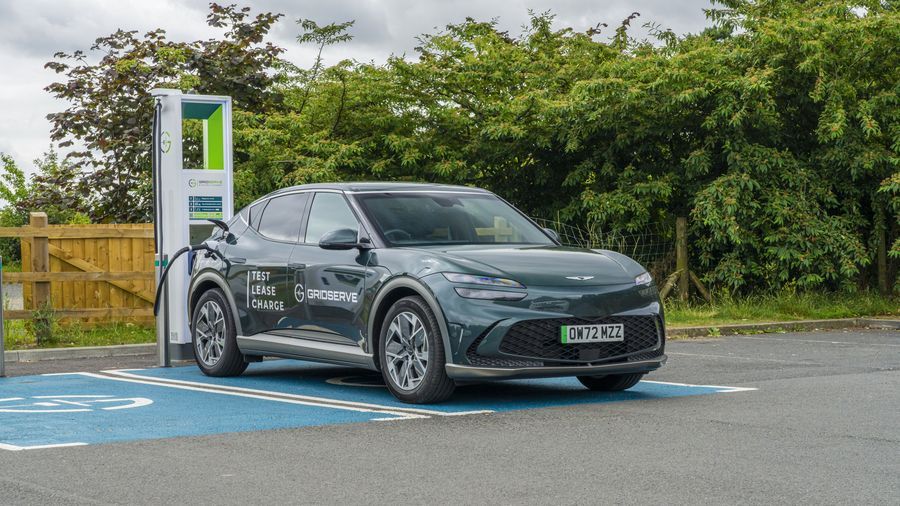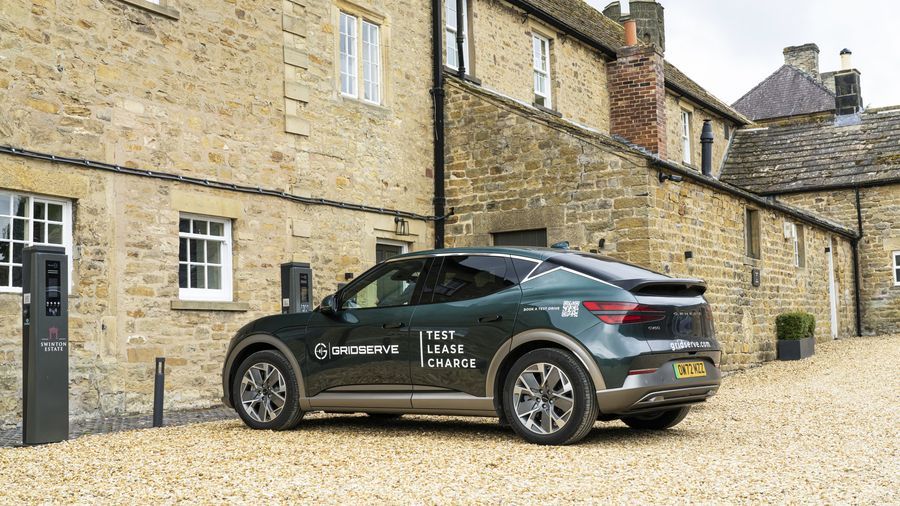>
Blog>
Exploring EV-Friendly Attractions in BritainExploring EV-Friendly Attractions in Britain
As my family and I geared up for the Great British staycation, I decided to embark on an epic road trip in an electric vehicle (EV) to see just how convenient it really is.
As we entered the summer holidays, families all over the country were hitting the road, and this year, more than ever, they were doing it with battery power. According to a survey of 1,000 Brits by charging network Gridserve, a whopping 57 percent were planning a staycation, covering distances of 100 to 200 miles.
To make life easier for fellow EV drivers, Gridserve, the electric charging network, commissioned a study and created the EV Holiday Hotspot Index. This nifty guide reveals just how convenient it is to charge your EV near popular tourist attractions. With their analysis of top attractions based on proximity to charging stations, availability of charging points at accommodations, and more, I was armed with all the information I needed.
So, which attractions made it to the top of the EV-friendly list?
The top 10 EV-friendly tourist attractions in Britain
- Beamish, the Living Museum of the North
- Midlands Arts Centre
- Durham Cathedral
- Hampton Court Palace
- Eden Project
- National Railway Museum
- Pugneys Country Park
- Millennium Gallery
- The Bodleian Library
- Stonehenge
This was the perfect opportunity for me to put the EV travel experience and Gridserve’s new Super Hubs to the test. I’d be driving from my home on the south coast in Gosport to the top attraction on the list — Beamish, the Living Museum of the North, in County Durham.
Now, the real adventure began as I set off on this nearly 700-mile trip in a new all-electric Genesis GV60 and to make things even more interesting, I brought along my partner and 10-month-old son. Talk about going the extra mile.
With high hopes and a full charge, we hit the road. I knew we'd have to make more frequent stops than the claimed range of the GV60, which could cover around 321 miles according to the Worldwide harmonized Light vehicles Test Procedure (WLTP) estimate.
Our journey was spread over three days and on day one we headed for Ripon in Yorkshire. Our strategy was to make regular stops and always ensure we had a comfortable charge.
Our first top-up came at Cherwell Valley Services, just 100 miles into the trip. This Gridserve Super Hub boasted multiple chargers, rated up to a whopping 350kW. Charging technology has certainly come a long way since my last long-distance EV drive. By the time we took a lunch break, we were back up to 80 per cent charge and ready to hit the road again.

We still had another 200 miles to go until our hotel for the night, which meant we'd need to make another stop regardless of whether we charged or not. We made a quick stop for a nappy change and a five-minute charge, but we decided to push on so we could unwind and relax for the evening.
By the time we arrived at our hotel, we had just 30 miles left in the Genesis GV60’s batteries but I was feeling reasonably confident, we knew the next charger was just 10 miles away.
It meant a bit of an earlier start the next morning as we prepared to drive to Beamish. We stopped in at Gridserve’s Beadale Super Hub with just a few miles left and had the moment any EV driver dreads when the chargers kept saying ‘no’. We tried multiple points before realising this was an issue with how the charger was connecting to the car. We tried one more time and breathed a sigh of relief as the car began charging at 150kW.

From there, our journey continued northward, bringing us to the bustling Beamish in Stanley — a living museum that transported us back in time. The icing on the cake was the nearby Gridserve charging station in Washington, equipped with Super Hubs on both sides of the A1, just 10 minutes away from Beamish.

Despite the station being busy, we managed to find a spot easily and charged up at a speedy 150kW. With our batteries replenished, we finished our lunch break in no time.
Once we were all charged up, this would be our turning point as we began the long journey south, aiming for our cosy B&B in the Peak District. A stop at Woolley Edge services allowed us to charge up to 100 per cent in a flash and we were soon winding our way through the Dales.

With almost 500 miles already covered in the GV60, we felt far more confident in its accuracy. Even when we reached Warwick services on the M40, where all charging spots were occupied, we decided to press on, fueled by our confidence. This meant from our last charge at Woolley Edge services, we drove a total of five hours home without another charge - and we still had 39 miles left!
All in all, I was pleasantly surprised by the ease of charging throughout our trip. Despite the negative press surrounding the state of the UK's charging network, we never found ourselves stranded. I think it’s fair to say that we felt lucky though. While we might have charged easily at every Super Hub, by the time we left there were no free spaces each time we stopped.
We exclusively charged at Gridserve stations too, which worked for us but I always had the backup in my head that there were a number of other charging stations available nearby. In fact, we could have even charged overnight at our first hotel for free, eliminating the need for an additional charge before reaching Beamish.
As these charging networks continue to grow, I can't help but imagine how different the future of electric car road trips will look in just a few short years. With more charging options and faster charging speeds, the outlook for EV road trips is incredibly promising - as long as the number of chargers keeps growing with electric car adoption!
About the author
Rebecca Chaplin is a motoring journalist and owner of Road Trip Club. She’s written about cars and the best places to drive them for nearly 10 years.
More from Rebecca: Romantic Road Trips in the UK
Related Posts